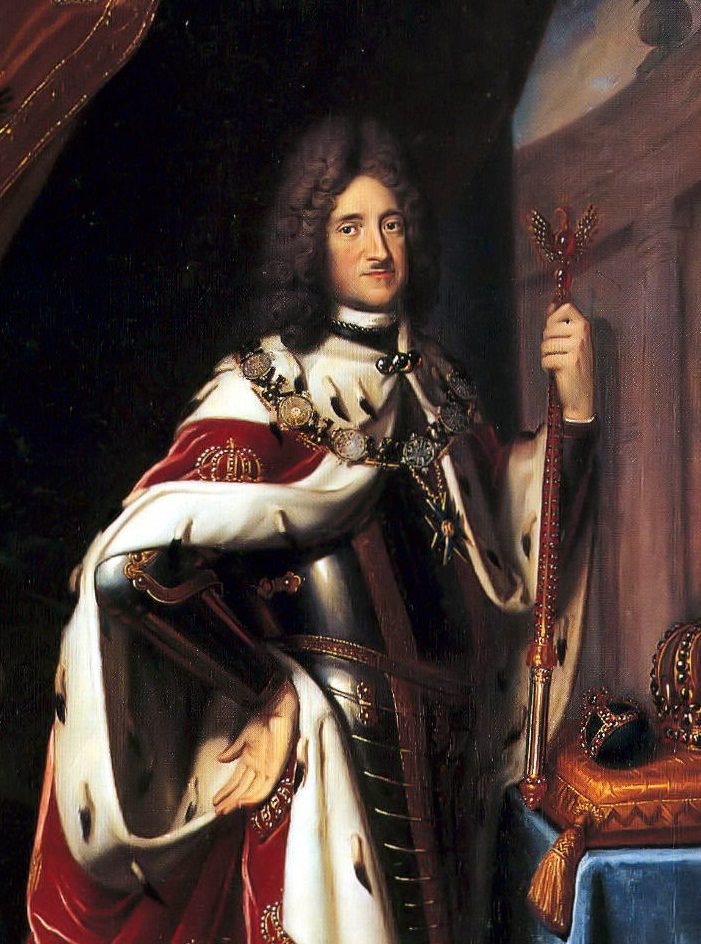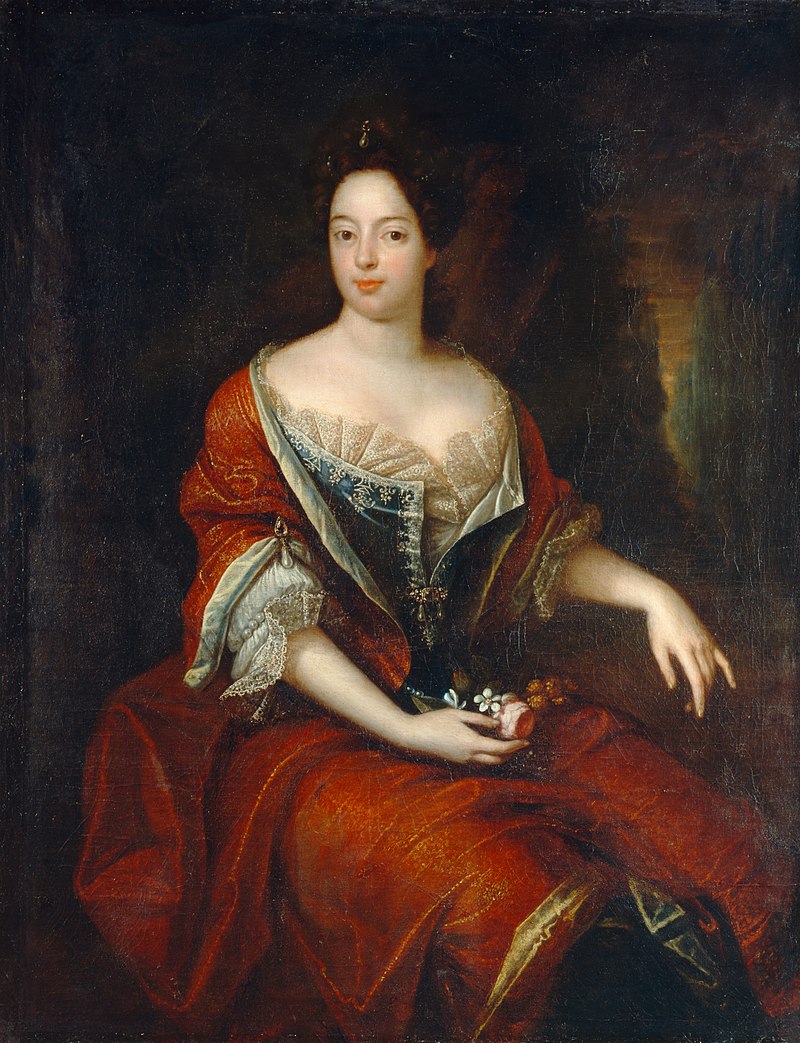by Scott Mehl
© Unofficial Royalty 2019
Kingdom of Prussia: The Protestant Franconian branch of the House of Hohenzollern ruled as Margraves of Brandenburg, Dukes of Prussia, Electors of Brandenburg, Kings of Prussia from 1415 until 1918. In November 1700, in exchange for supporting the Holy Roman Empire in the Spanish War of Succession, Leopold I, Holy Roman Emperor agreed to allow Friedrich III, Duke of Prussia, Elector of Brandenburg to make Prussia a kingdom and become its first king. In the aftermath of World War I, Prussia had a revolution that resulted in the replacement of the monarchy with a republic. Wilhelm II, German Emperor, King of Prussia abdicated on November 9, 1918.
The Kingdom of Prussia had territory that today is part of Belgium, the Czech Republic, Denmark, Germany, Lithuania, the Netherlands, Poland, Russia, and Switzerland. All or parts of the following states of today’s Germany were part of the Kingdom of Prussia: Brandenburg, Hesse, Lower Saxony, North Rhine-Westphalia, Saarland, Saxony-Anhalt, and Schleswig-Holstein.
*********************

Friedrich I, King in Prussia; Credit – Wikipedia
Friedrich I was the founder of the Kingdom of Prussia and its first King, reigning from 1701 until 1713. He was born on July 11, 1657, at Königsberg Castle in Königsberg, Electorate of Brandenburg, now Kaliningrad, Russia, the third son of Friedrich Wilhelm, Elector of Brandenburg and Countess Louise Henriette of Orange-Nassau. Friedrich had five siblings:
- Wilhelm Heinrich, Electoral Prince of Brandenburg (1648-1649) – died in infancy
- Karl Emil, Electoral Prince of Brandenburg (1655-1674) – unmarried
- Amalia (1664-1665) – died in childhood
- Heinrich (born and died 1664) – died in infancy
- Ludwig (16661687) – married Ludwika Karolina Radziwiłł, no issue
He also had seven half-siblings from his father’s second marriage, to Sophie Dorothea of Holstein-Sonderburg-Glücksburg:
- Philipp Wilhelm (1669-1711) – married Princess Johanna Charlotte of Anhalt-Dessau, no issue
- Maria Amalia (1670-1739) – married (1) Karl of Mecklenburg-Güstrow, had issue; (2) Moritz Wilhelm of Saxe-Zeitz, had issue
- Albrecht Friedrich (1672-1731) – married Maria Dorothea of Courland, had issue
- Karl Philipp (1673-1695) – married Countess Catherine Salmour, no issue
- Elisabeth Sophie (1674-1748) – married (1) Friedrich Casimir Kettler, Duke of Courland, had issue; (2) Christian Ernst, Margrave of Brandenburg-Bayreuth, no issue; (3) Ernst Ludwig I, Duke of Saxe-Meiningen, no issue
- Dorothea (1675-1676) – died in infancy
- Christian Ludwig (1677-1734) – unmarried
While still an infant, Friedrich’s shoulder was injured when his nurse accidentally dropped him. This physical impairment caused him problems for the rest of his life but also resulted in being particularly doted upon by his mother. His formal education began in 1662, under the supervision of Otto von Schwerin, First Minister of Brandenburg. Friedrich studied religion, history, and geography, and learned French, Polish, and Latin. As a younger son, he was not expected to succeed as the Elector, so in 1664, his father gave him the Principality of Halberstadt. In 1670, he was appointed Captain of a cavalry unit but did not actually serve due to his shoulder injury. Four years later, in 1674, his older brother Karl Emil died, and Friedrich became the heir.

Elisabeth Henriette of Hesse-Kassel. source: Wikipedia
Friedrich married three times. On August 13, 1679, he married Elisabeth Henriette of Hesse-Kassel, the daughter of Wilhelm VI, Landgrave of Hesse-Kassel and Hedwig Sophie of Brandenburg. Soon after their marriage, they took up residence at Schloss Köpenick in Berlin. Elisabeth Henriette died of smallpox four years later, but the couple did have one daughter:
- Luise Dorothea (1680-1705) – unmarried

Sophie Charlotte of Hanover. source: Wikipedia
On October 8, 1684, Friedrich married Sophie Charlotte of Hanover, daughter of Ernst August, Elector of Brunswick-Lüneburg and Sophia of the Palatinate. The couple had two sons:
- Friedrich August (1685-1686) – died in infancy
- Friedrich Wilhelm I, King in Prussia (1688-1740) – married Sophie Dorothea of Hanover, had issue

Sophie Luise of Mecklenburg-Schwerin. source: Wikipedia
Three years after his second wife died, Friedrich married for the third time. His bride was Sophie Luise of Mecklenburg-Schwerin, daughter of Friedrich, Grand Duke of Mecklenburg-Grabow and Christine Wilhelmine of Hesse-Homburg. They had no children.
Upon his father’s death in April 1688, Friedrich succeeded him as Friedrich III, Elector of Brandenburg and Duke of Prussia. The Electorate was part of the Holy Roman Empire, while the Duchy of Prussia, formerly a fief of the Crown of Poland, lay outside the Empire’s borders. The Duchy had been inherited by the Hohenzollern prince-electors of Brandenburg in 1618 and was ruled in personal union. In November 1700, in exchange for supporting the Holy Roman Empire in the Spanish War of Succession, Leopold I, Holy Roman Emperor agreed to allow Friedrich to make Prussia a kingdom and become its first king. However, there were several concessions. Because the Hohenzollerns’ sovereignty over the Duchy of Prussia was dependent upon succession in the male line, it would return to the Polish crown if there were no male heirs to succeed. Friedrich also had to agree to style himself King IN Prussia and pay large amounts of money to the Holy Roman Emperor and the German clergy.

The coronation of Friedrich I, King in Prussia. source: Wikipedia
On January 18, 1701, Friedrich crowned himself King (as Friedrich I) in the castle church at Königsberg Castle. He also remained Elector of Brandenburg and added several other titles over the next few years. In 1702, he inherited the counties of Lingen and Moers following the death of King William III of England (later incorporated into the County of Tecklenburg) and was elected Prince of Neuchâtel in 1707, which was recognized by the Treaty of Utrecht in 1713. He and his heirs bore the title ‘Sovereign Prince of Orange, Neuchâtel, and Valangin’. A huge supporter of the arts and education, Friedrich founded the Academy of Arts in 1696 and the Academy of Sciences in 1700.
King Friedrich I was in ill health for some time. He died in Berlin, Kingdom of Prussia, now in Brandenburg, Germany, on February 25, 1713, and was buried at the Berliner Dom in Berlin. His son, Friedrich Wilhelm I succeeded him.
This article is the intellectual property of Unofficial Royalty and is NOT TO BE COPIED, EDITED, OR POSTED IN ANY FORM ON ANOTHER WEBSITE under any circumstances. It is permissible to use a link that directs to Unofficial Royalty.
Prussia Resources at Unofficial Royalty
